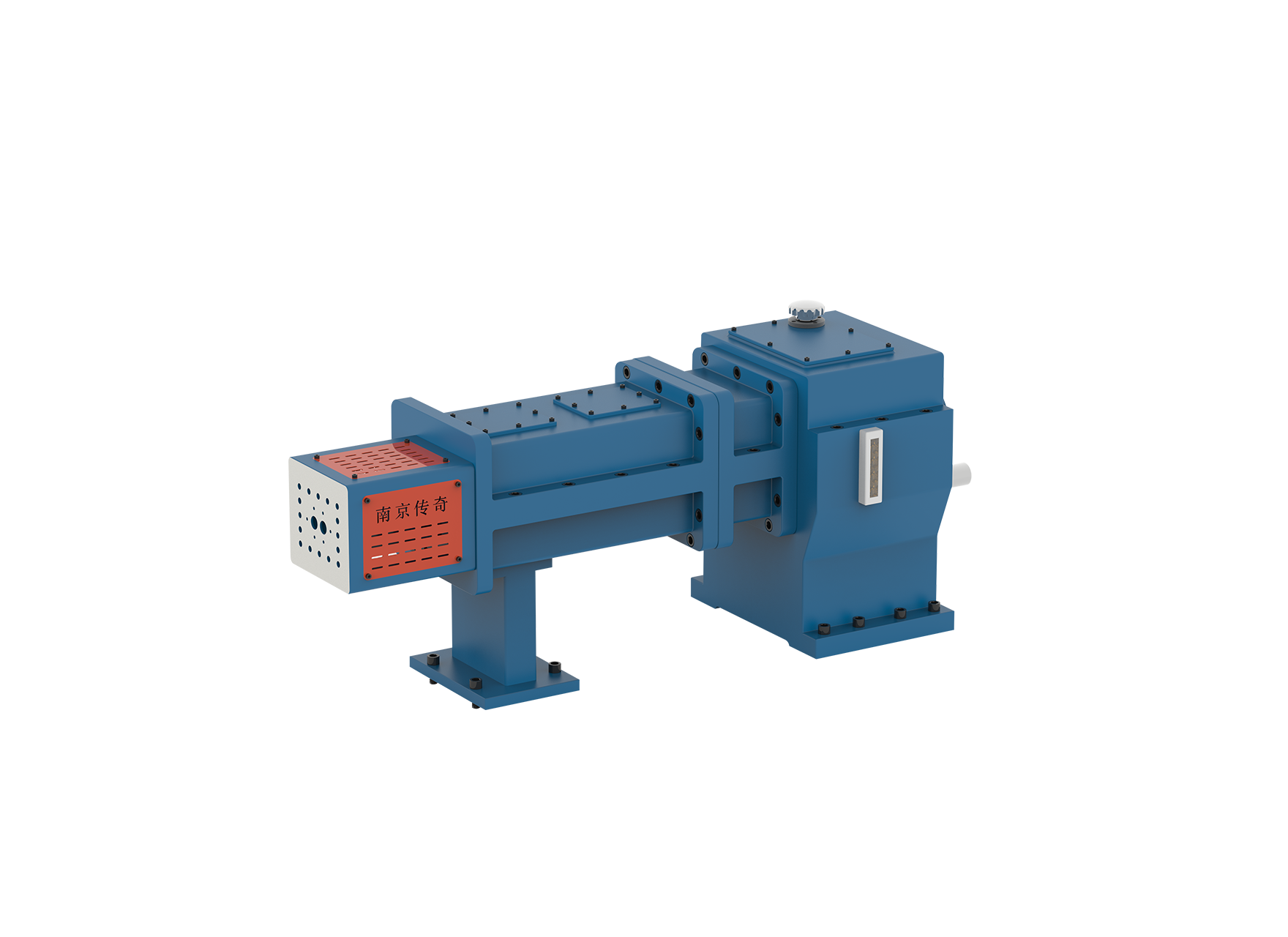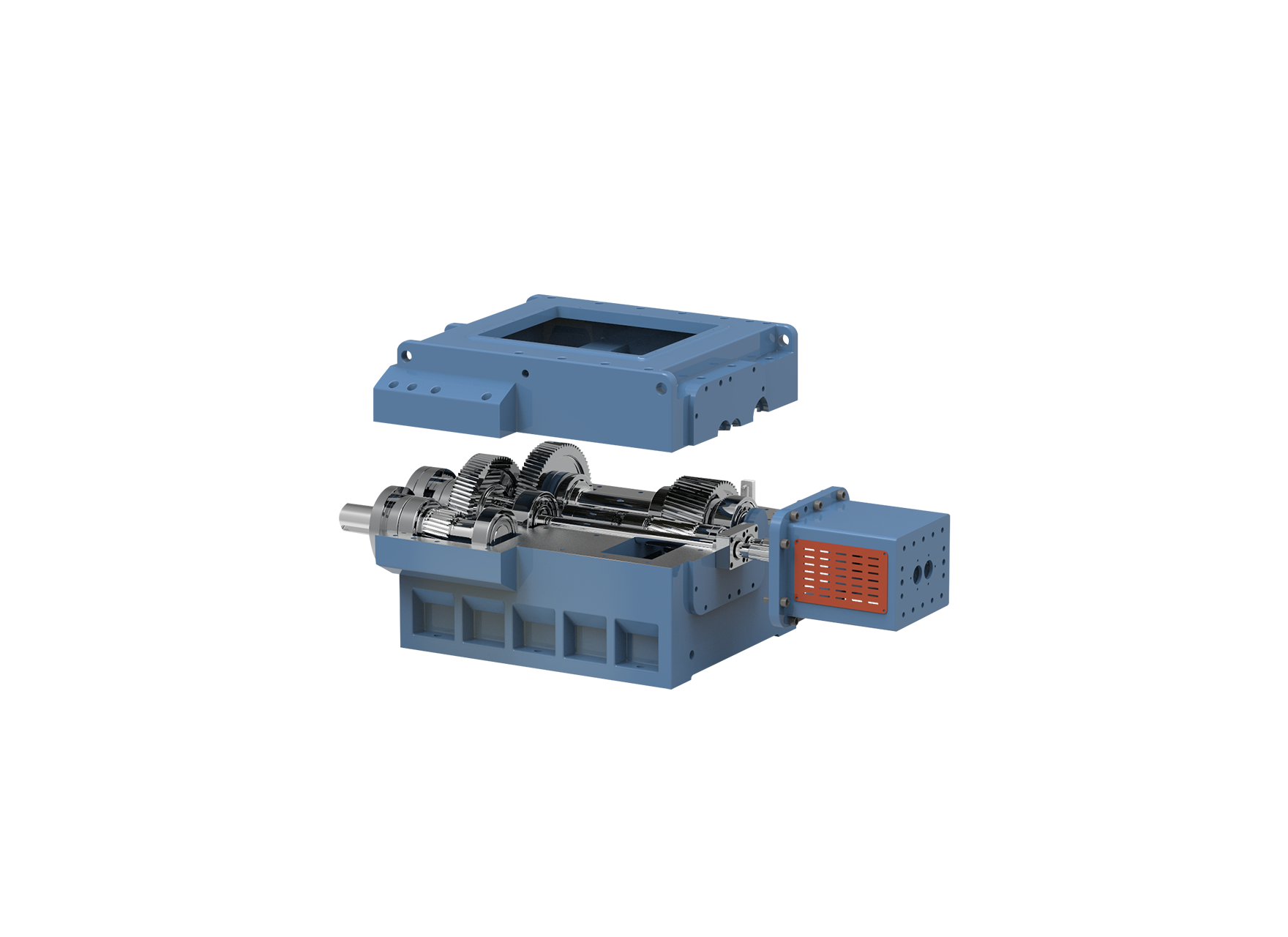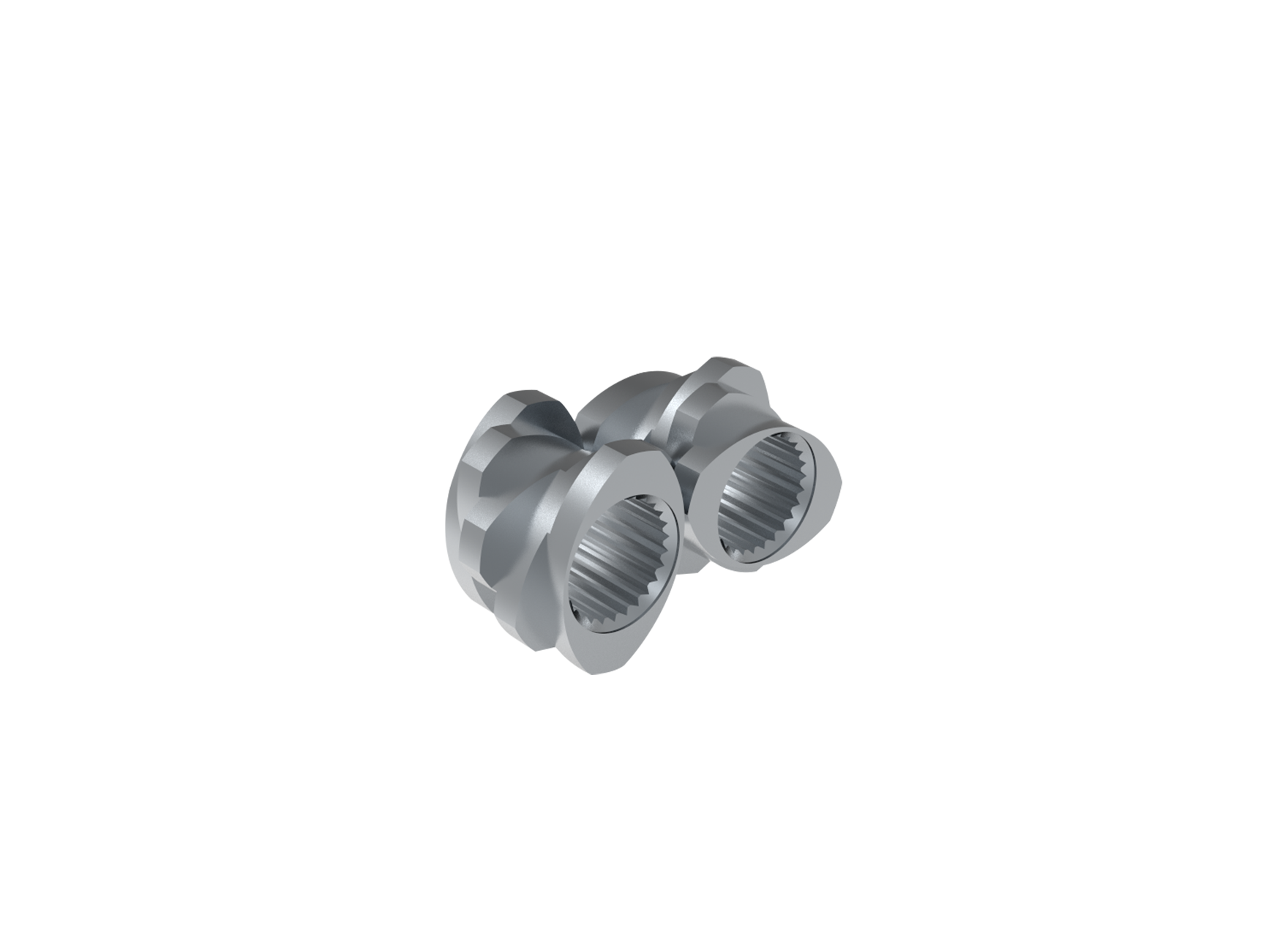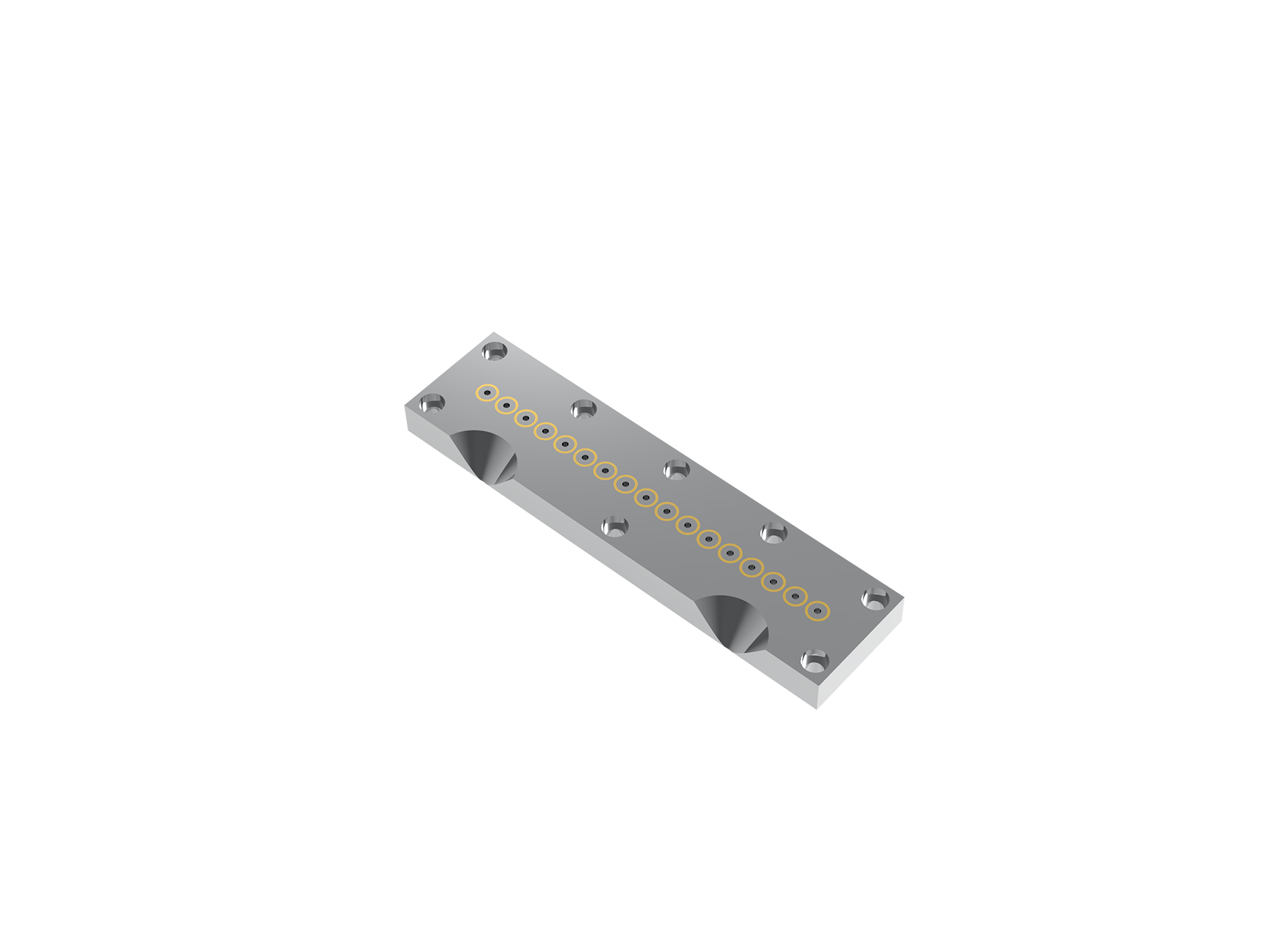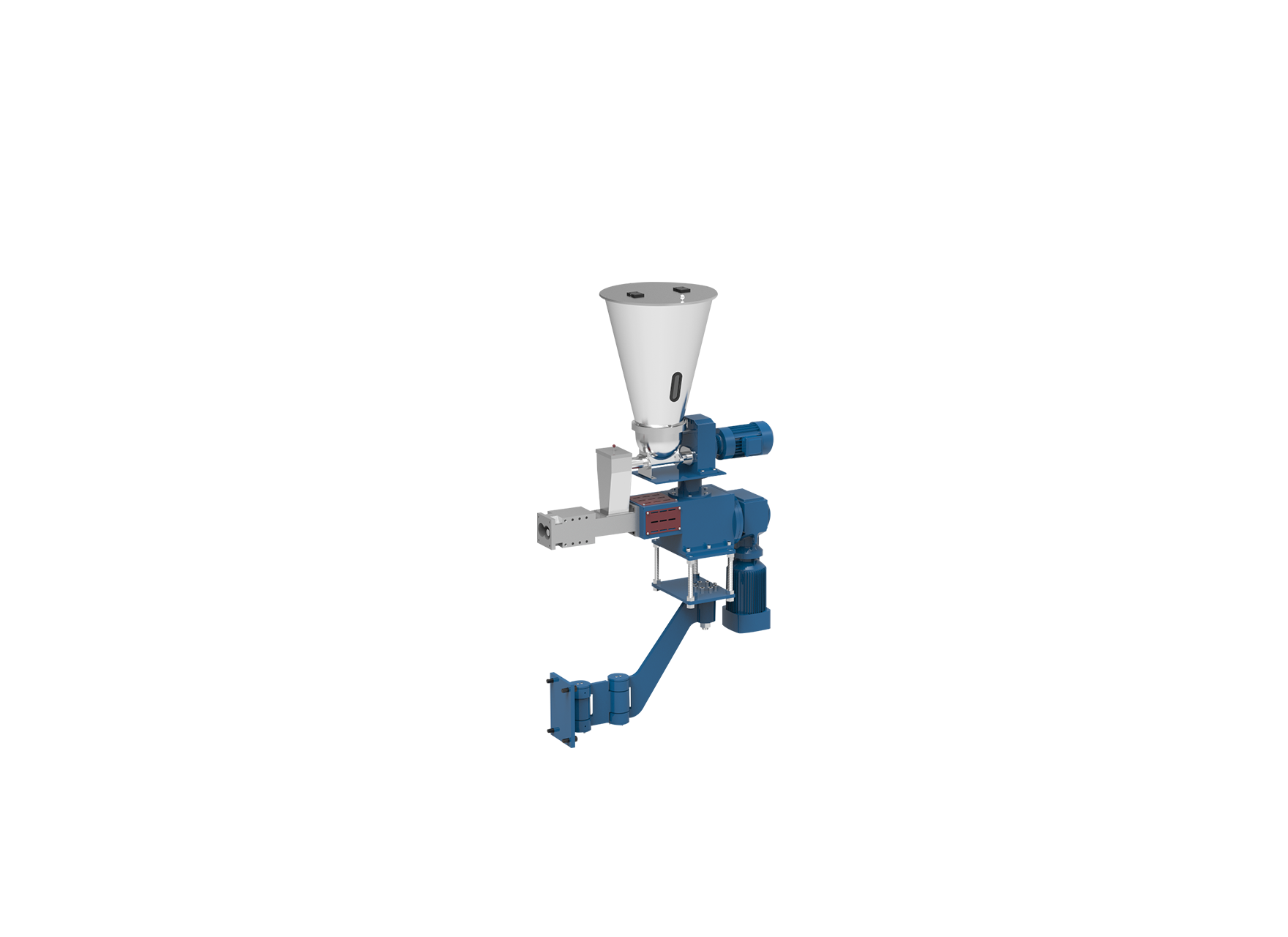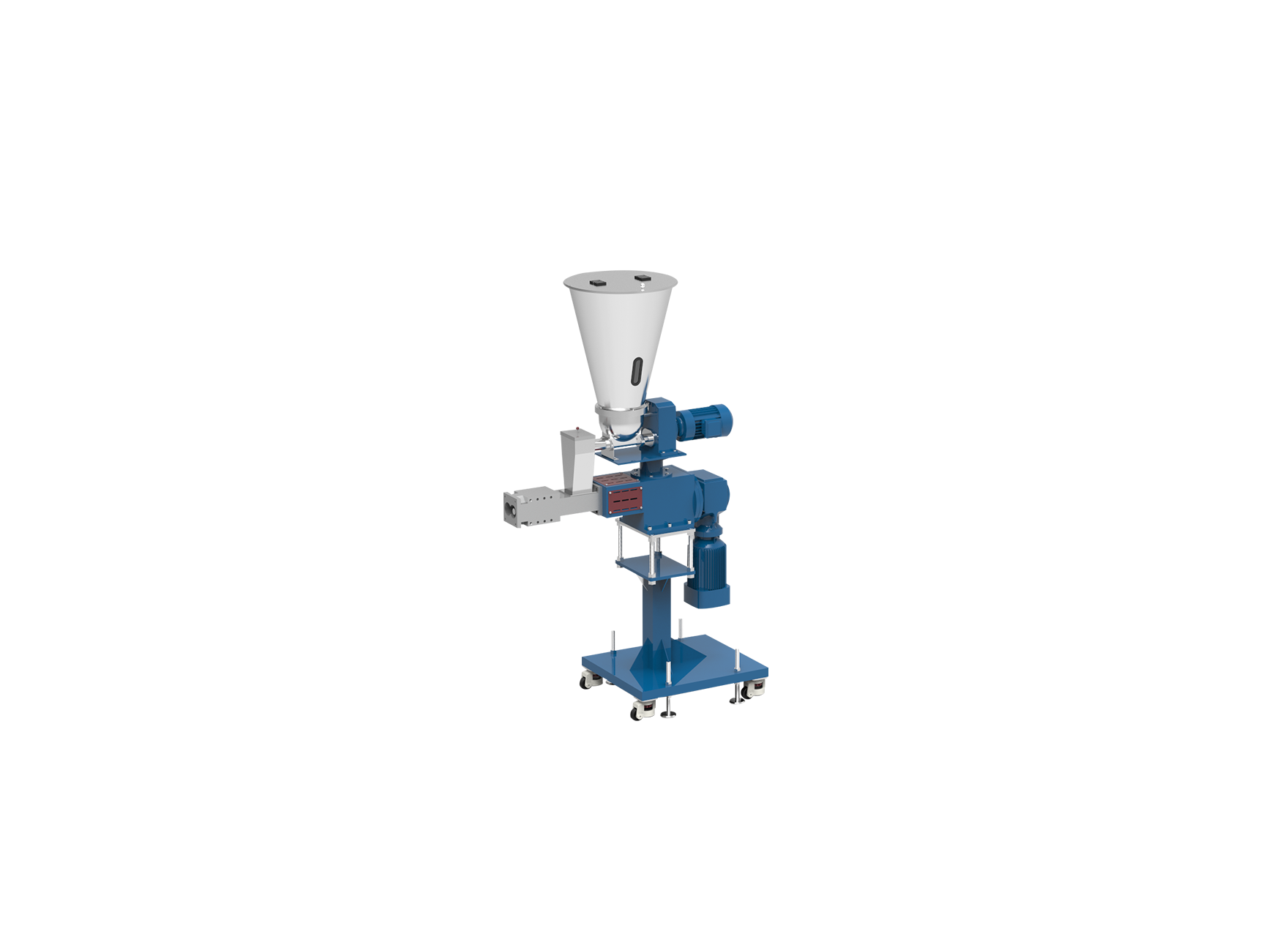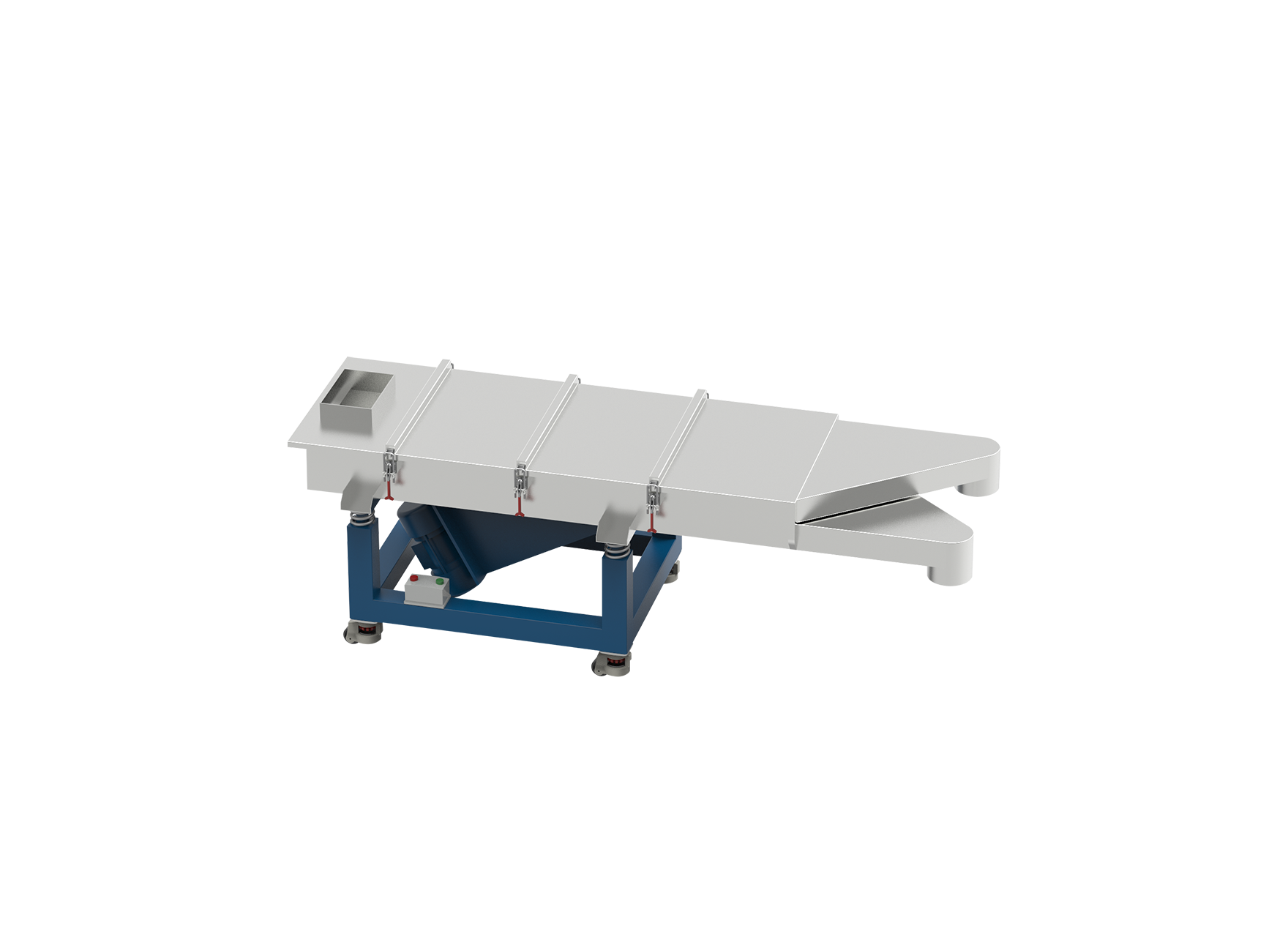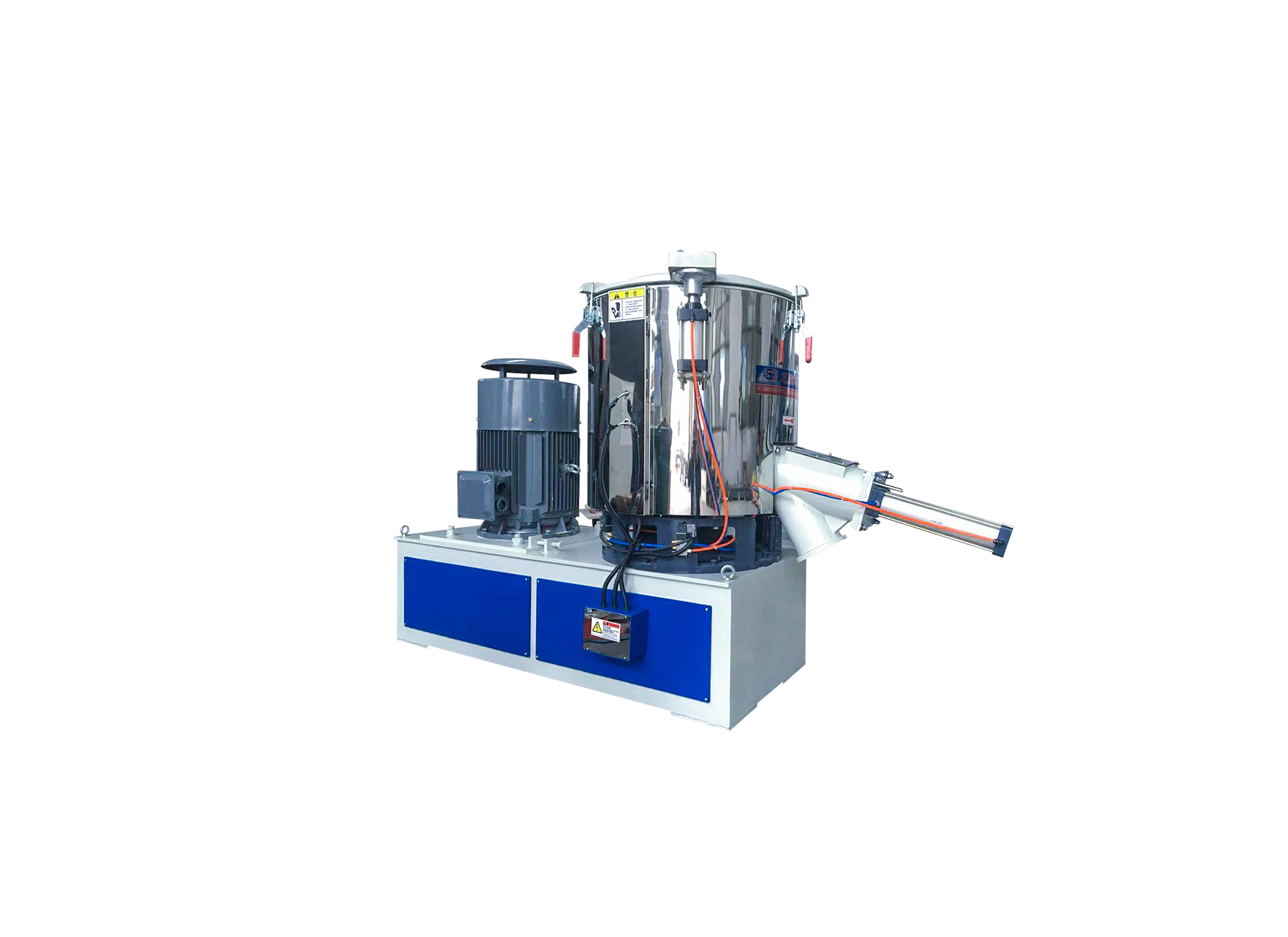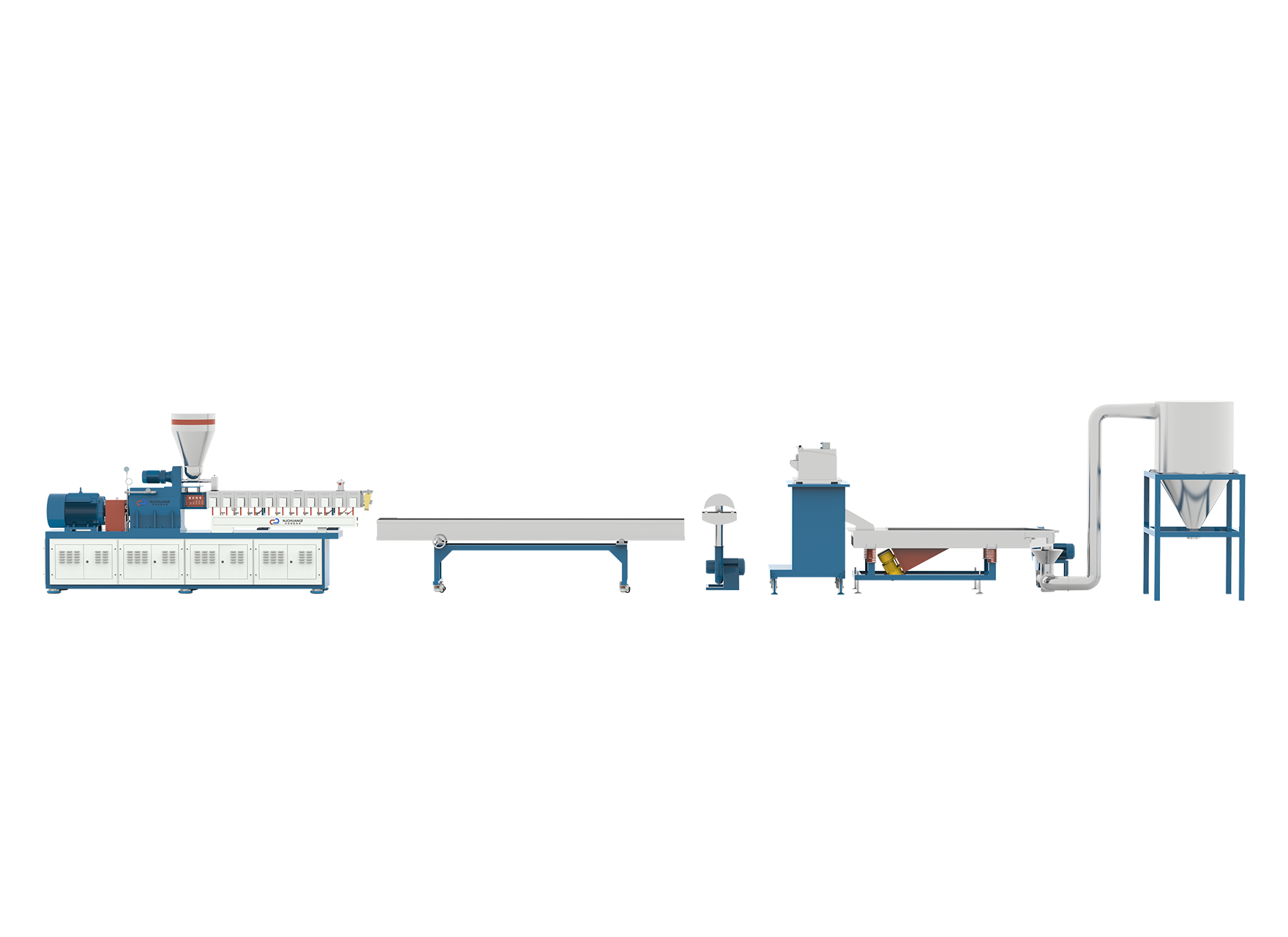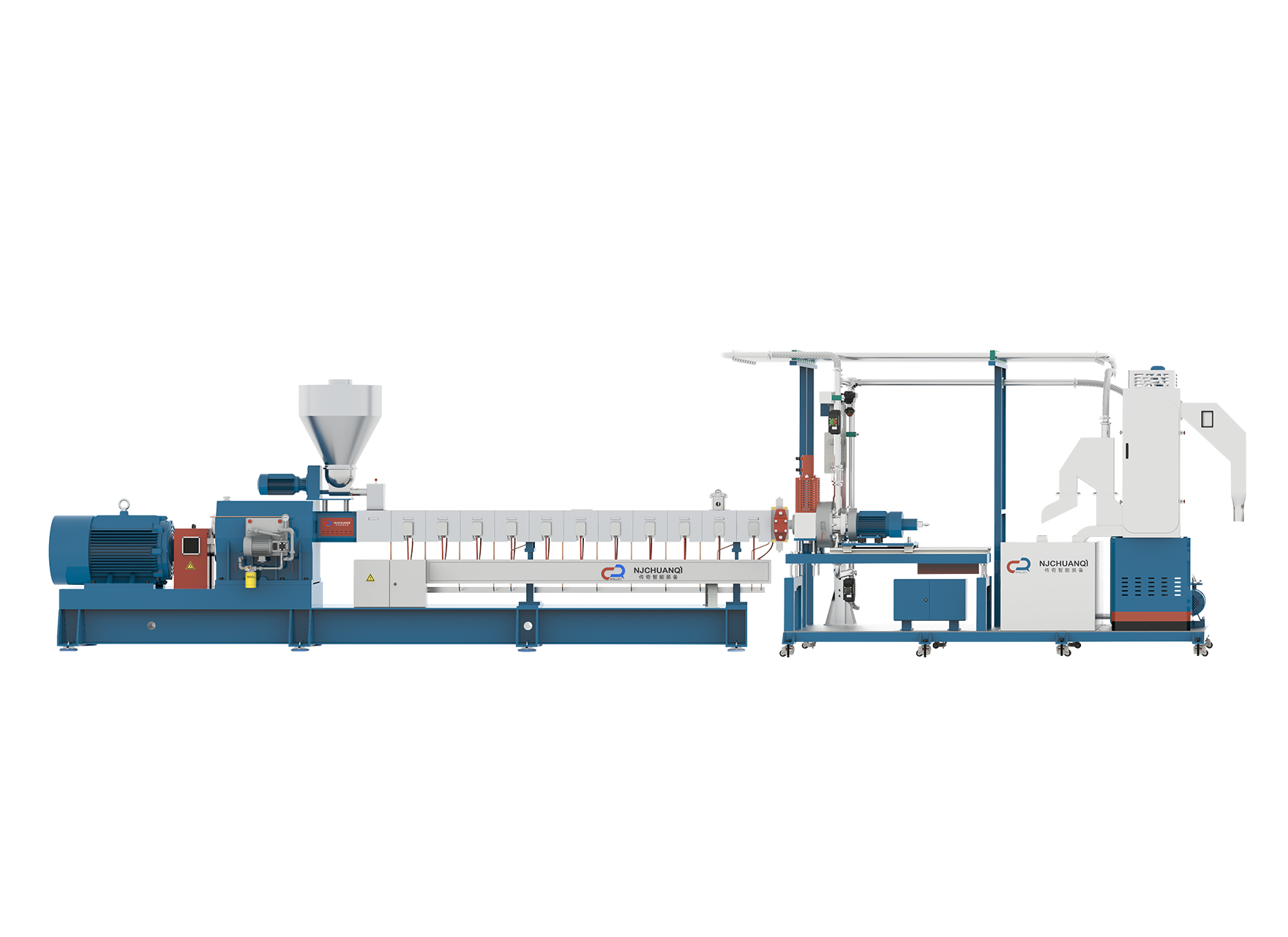Custom Industrial Pelletizer Machine Manufacturing Maker
The industrial pelletizer machine is designed to cut and shape molten polymers into uniform pellets, which are then used in a variety of applications, from packaging to automotive parts. The uniformity of these pellets is not just a matter of aesthetics; it directly impacts the efficiency and effectiveness of the manufacturing process. To ensure uniformity, the machine must maintain a consistent cutting speed, temperature control, and pellet size throughout the operation.
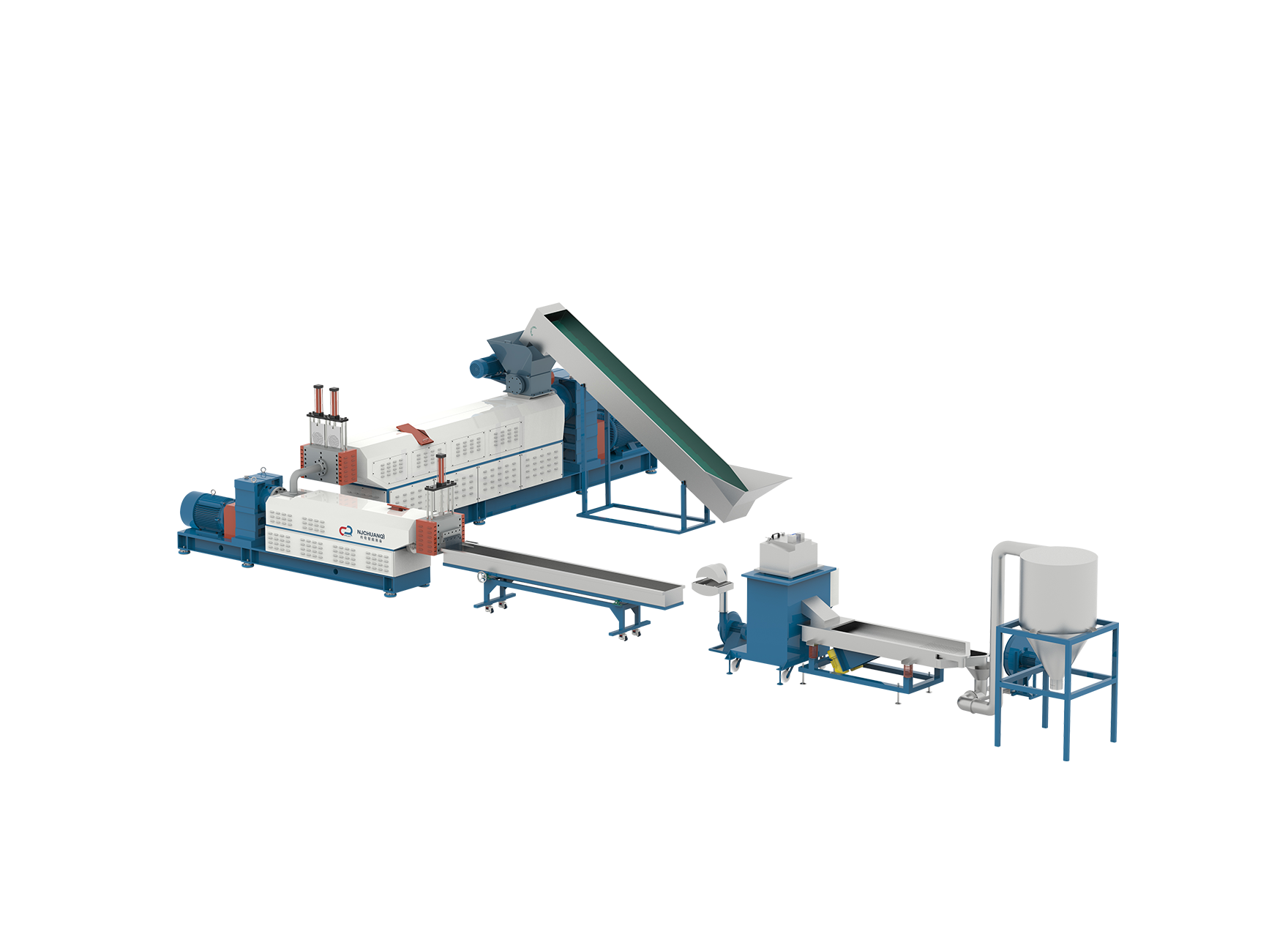
The precision of its cutting mechanism is one of the primary factors that influence the uniformity of pellets produced by an industrial pelletizer machine. The cutting blades must be sharp and maintained at a consistent angle to ensure that each pellet is cut with the same dimensions. Regular inspection and sharpening of the blades are essential to prevent any variation in the pellet size. Additionally, the machine's cutting speed must be calibrated to match the extrusion rate, ensuring that the pellets are cut at a uniform rate.
Temperature control is another critical aspect of the industrial pelletizer machine's operation. The temperature of the molten polymer must be maintained within a specific range to ensure that the material is neither too fluid nor too viscous. This consistency in viscosity allows for a more uniform cutting process, as the material's resistance to the cutting blades remains constant. Advanced industrial pelletizer machines often come equipped with sophisticated temperature control systems that monitor and adjust the temperature in real time to maintain suitable conditions.
The feed rate of the molten polymer into the industrial pelletizer machine also plays a significant role in achieving uniformity. If the feed rate is inconsistent, it can cause variations in the size and shape of the pellets. Modern pelletizer machines are often equipped with advanced feed systems that regulate the flow of material into the machine, ensuring a consistent feed rate. This consistency is further enhanced by the use of sensors and feedback loops that monitor the feed rate and make adjustments as needed.
Another factor that contributes to the uniformity of pellets is the design of the industrial pelletizer machine's die. The die, through which the molten polymer is extruded, must be designed with precision to ensure that the extruded strands are of uniform diameter. Any variation in the die's design can cause inconsistencies in the pellet size. Regular inspection and maintenance of the die are essential to ensure that it remains in suitable condition.
The use of automation and control systems in industrial pelletizer machines is also crucial for maintaining uniformity. These systems can monitor various parameters of the machine's operation, such as cutting speed, temperature, and feed rate, and make adjustments as needed to ensure consistency. Advanced control systems can also predict and compensate for potential variations in the production process, further enhancing the uniformity of the pellets produced.
In addition to the machine's design and operation, the quality of the raw materials used also impacts the uniformity of the pellets. The industrial pelletizer machine must be fed with a consistent quality of polymer, free from impurities and variations in composition. This consistency in the raw material ensures that the extruded strands have uniform properties, which in turn causes more uniform pellets.
Finally, the maintenance and upkeep of the industrial pelletizer machine are essential for ensuring the uniformity of the pellets produced. Regular cleaning, lubrication, and replacement of worn parts are necessary to maintain the machine's performance and prevent any variations in the pellet size or shape. A well-maintained machine is more likely to produce uniform pellets consistently.

 English
English 中文简体
中文简体 русский
русский عربى
عربى +86-189 1339 2785
+86-189 1339 2785
